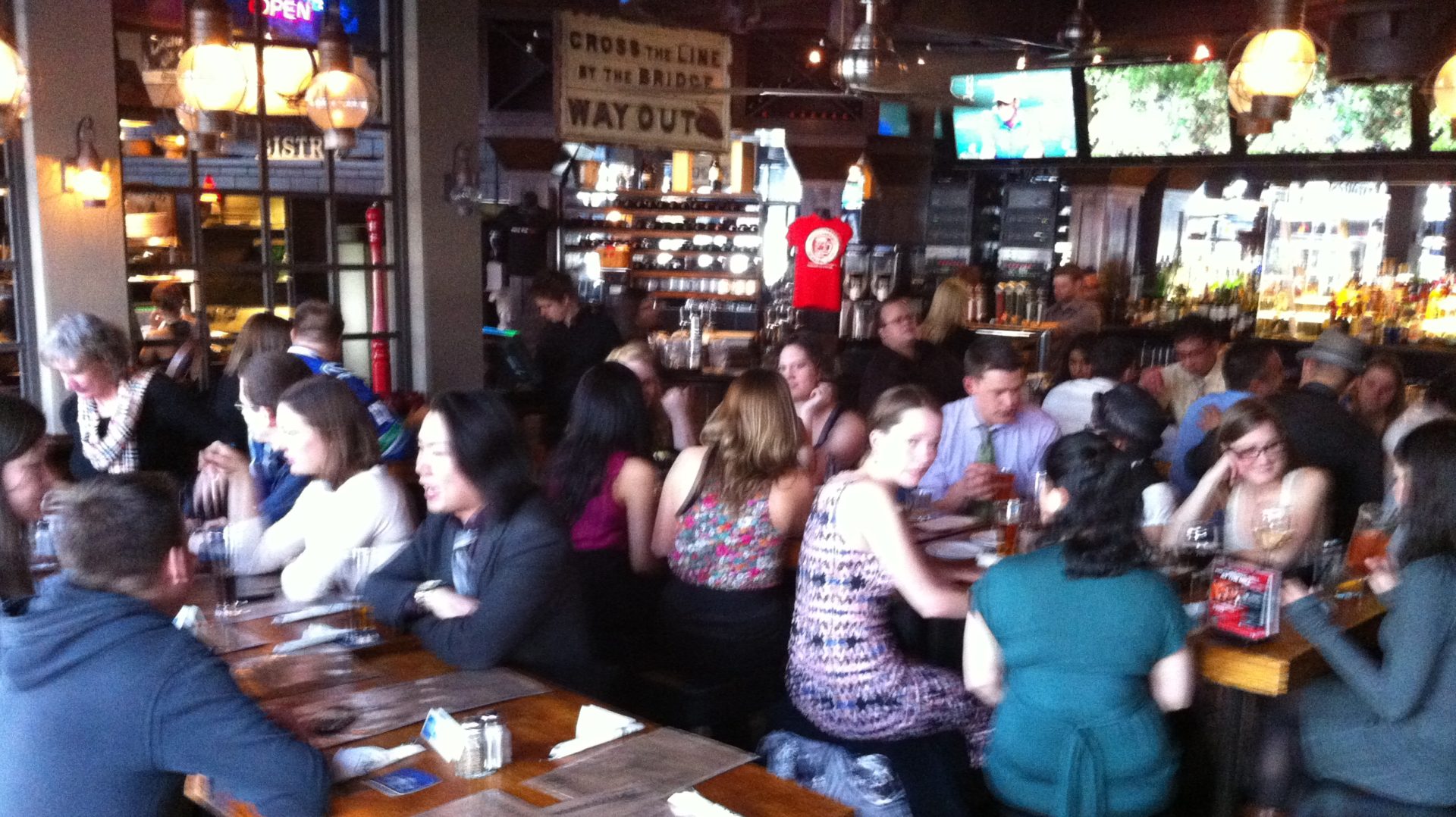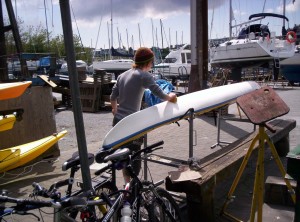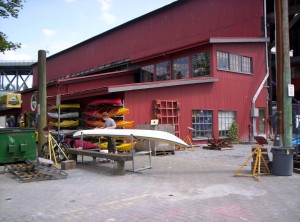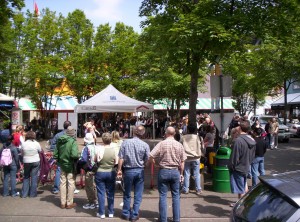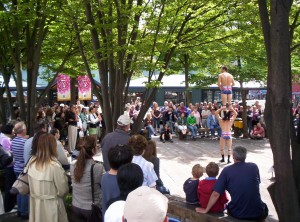Urban magnets are unique places that attract and hold activity groups. These groups, through “living out loud”, animate a place and give it vitality, a sense of place and often economic success.
The theory is based on structuring a place around key planning, land use and design approaches that appeal deeply to a small, activity-oriented niche group in a community. By creating a place that this group frequents and in which they “live out loud”, they create an animated place – and then the rest of us and many businesses gather around because of its energy – and a memorable and unique place full of vitality emerges.
Urban magnet theory is a new stream of thinking that is emerging in city planning and design in response to the failure of many commercial areas and downtown revitalization efforts, or at least their boring ubiquity. Currently, most planning, design and revitalization efforts focus on making a place look nice, and maybe getting people to come to shop. Attractive form and shopping are important but they is entirely insufficient to creating a powerful magnet to draw and “keep” people over time. (see the “baited city syndrome” section)
Just like creating a large bonfire by starting with a small one, revitalizing a neighbourhood involves focusing the heart of vitality on one or a few “activity subcultures” – and then the rest of us gather round to watch, participate and support the emerging vitality. As momentum builds, so does the reputation and economic success of an area.
Urban Magnet Theory is dedicated to better understanding how to create these “magnetic” places in our communities.
Urban Magnets and its core theories are managed and promoted by the Institute for Urban Vitality, a non-profit organization based in Vancouver, BC that is dedicated to advancing understandings and techniques for making our cities more interesting and vital.
